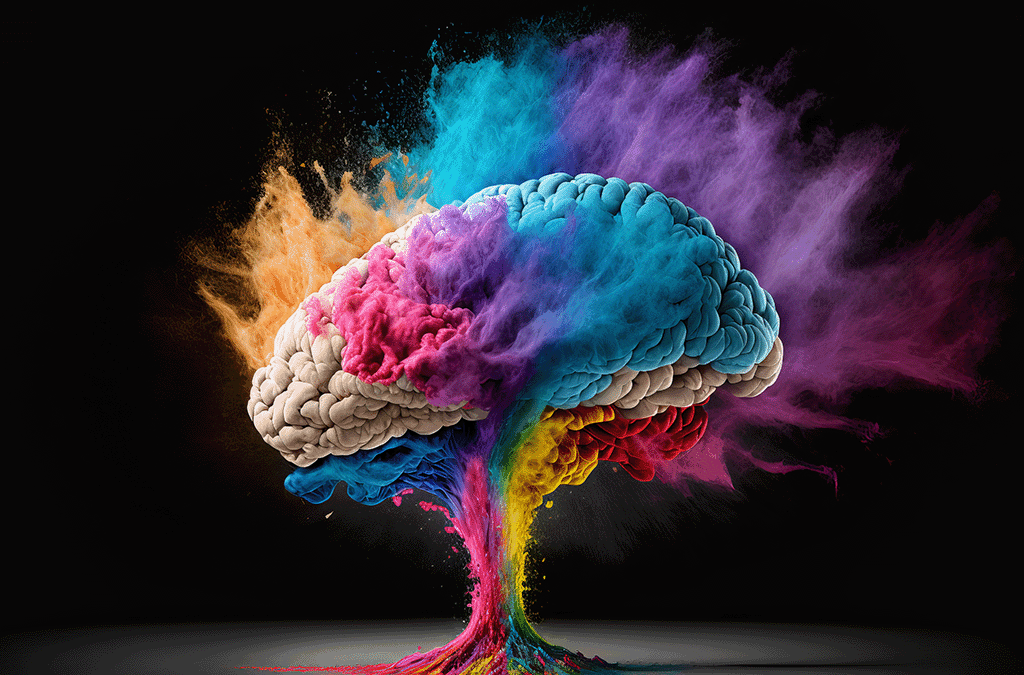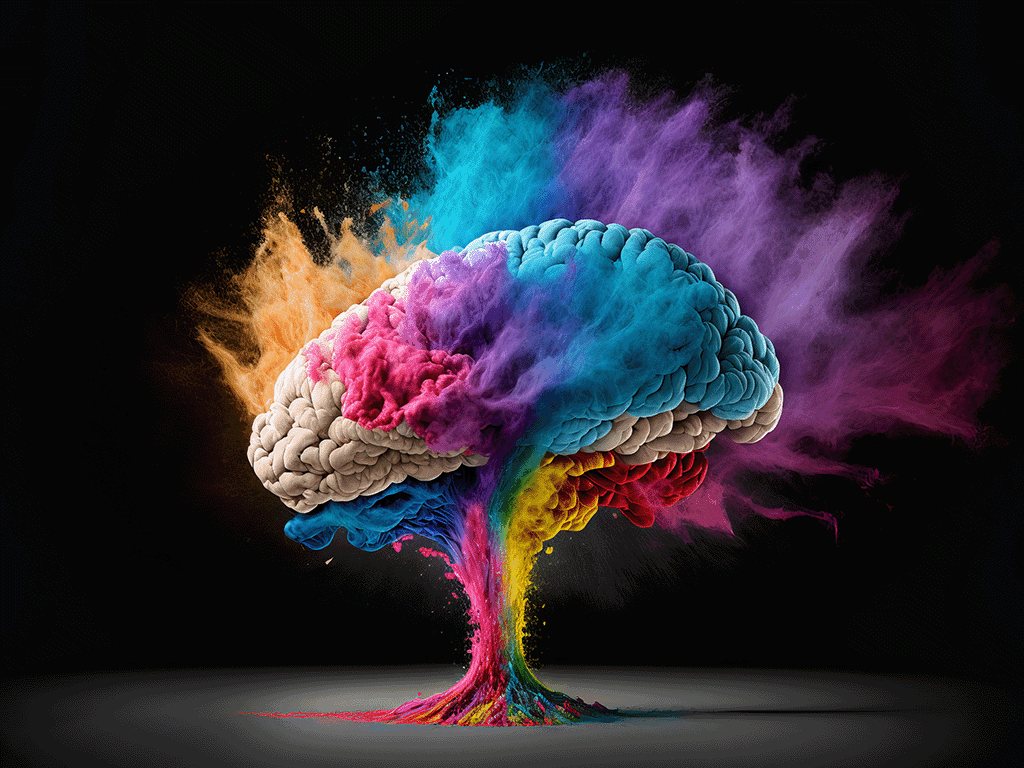This week, how Powerful AI And bold technologies will shape our future.
Welcome to The Digital Eye, your weekly roundup of the latest technology news.
Our team of experts have scoured the internet for the most exciting and informative articles so that you can stay up-to-date on all things digital, data, blockchain, AI & analytics.
We hope you find this information valuable and would appreciate your help in sharing it with others who may also be interested.
Artificial Intelligence Is Stuck In A Narrow Rut
AI needs to expand horizons.
With the endless promotion of artificial intelligence by analysts, media, and vendors, one can be forgiven for assuming AI is proliferating across and running enterprises far and wide. However, the reality is beyond simply automating narrow applications — such as credit scoring, upselling recommendations, chatbots, or managing machine performance — AI still has a limited range, and barely begun to achieve its full potential as a true augment to human intelligence and talent.
That’s the takeaway from recent panel discussion hosted by New York University Center for the Future of Management and LMU institute for Strategy, Technology and Organization, joined by Daron Acemoglu, professor at MIT; Jacques Bughin, professor at the Solvay School of Economics and Management; and Raffaella Sadun, professor at Harvard Business School.
What Is IOTA? How Does It Work?
IOTA is a smart contract platform designed to handle payments and other transactions between physical devices that are connected to the internet. MIOTA is a cryptocurrency token used by the ITOA platform to facilitate transactions.
What Is IOTA?
Even if you haven’t heard of the Internet of Things (IoT), chances are you already have IoT devices in your home, car or office. These can include the sensors in your car that indicate tire pressure is low, an internet television or smart refrigerator, or a Nest thermostat.
As the name suggests, IoT devices are connected to the internet, typically via Wi-Fi or cellular network. But despite their ubiquity, facilitating transactions and payments among IoT devices is challenging. IOTA is a decentralized ledger designed to power microtransactions among IoT devices.
How to Get a Business’s Network Ready to Handle AI Applications
Artificial intelligence requires a lot of storage and computing power, plus an elegant architecture.
Artificial intelligence is moving from small research projects and blue-sky ideas to a solid and valuable presence in enterprise IT portfolios. AI teams are focusing on improving customer chatbots, building environmental management systems, speeding up image processing and making supply-chain management tools smarter.
IT managers may think of new AI-based applications as “just another app,” but that could be a dangerous assumption. For most developers, AI means using machine learning and neural networks, and these technologies can have a huge impact on both on-premises and cloud-based resources. Let’s look at how AI can affect the main components in data centers: storage, network and compute.
Sparse Matrices: Why They Matter for MachineLearning and DataScience
And why you should care
Introduction
What is sparse data?
When representing data using a matrix, we can quantify the number of empty values it contains. This is referred to as its sparsity. A matrix (or dataset) that mostly contains zeros is called a sparse matrix.
A simple example
Suppose you ask 4 of your friends to give you a rating of 4 different movies from 1 to 5 (or zero if they have not seen it). Now, imagine you get the following ratings:
Smart Factory- Building Future with 5G
5G smart factory to demonstrate the benefits of Industry 4.0 Digitalisation
The implementation of digital technologies blurs the line between the physical and digital world. It has become clear that there is a strong need for digital transformation to achieve the next level of efficiency, connectivity, and flexibility needed in manufacturing to weather modern-day disruptions, risks, and fluctuating demands. 5G SMART believes that 5G will be a key enabler for manufacturers to realize this vision
Industrialization levels have increased exponentially across various regions over the years. The rising industrial prospects of technological developments across manufacturing facilities will help create a positive growth trajectory for the smart factory market from 2021-to 2031. Modernization and adoption of the latest advancements will further help in propelling the growth prospects across the smart factory market.
The rapid transmission of the virus due to frequent human interaction prompts many industrialists and manufacturers to adopt smart technologies for various processes. These processes assure minimal human contact. Thus, all these factors bode well for the growth of the smart factory market.
Article by @Forbes
There are a lot of great books being published these days on the subject of artificial intelligence, as human authors attempt to tackle the technical, philosophical, and societal challenges posed by our growing reliance on smart machines.
One I have recently enjoyed and also found highly thought-provoking is Radically Human: How New Technology is Transforming Business and Reshaping our Future, by Paul Daugherty. Regular readers of my posts will know that Daugherty is CTO at Accenture, and in fact I recently enjoyed a wide-ranging conversation with him on the topic of the Metaverse Continuum – Accenture’s top four tech trend predictions for 2022.


